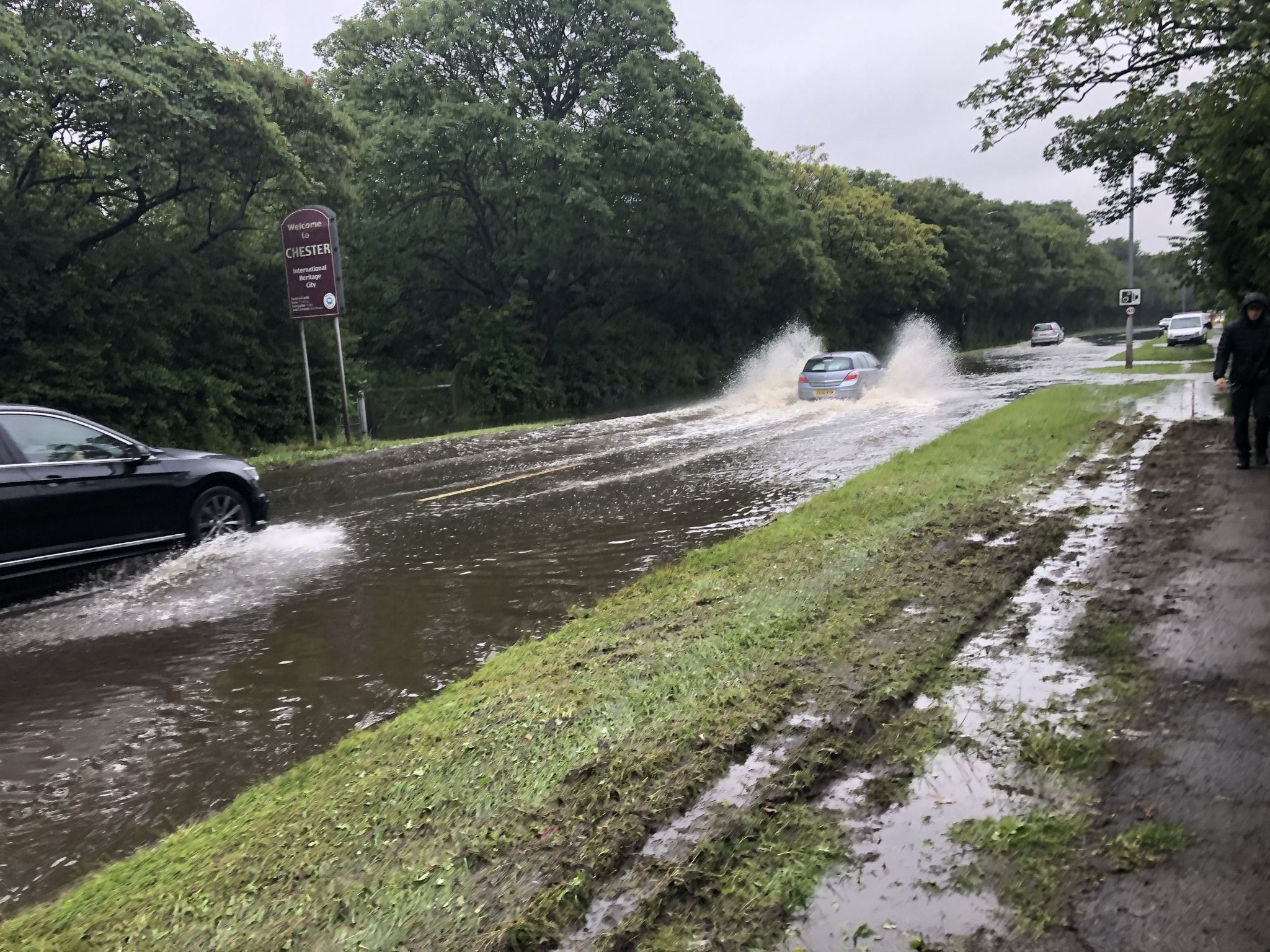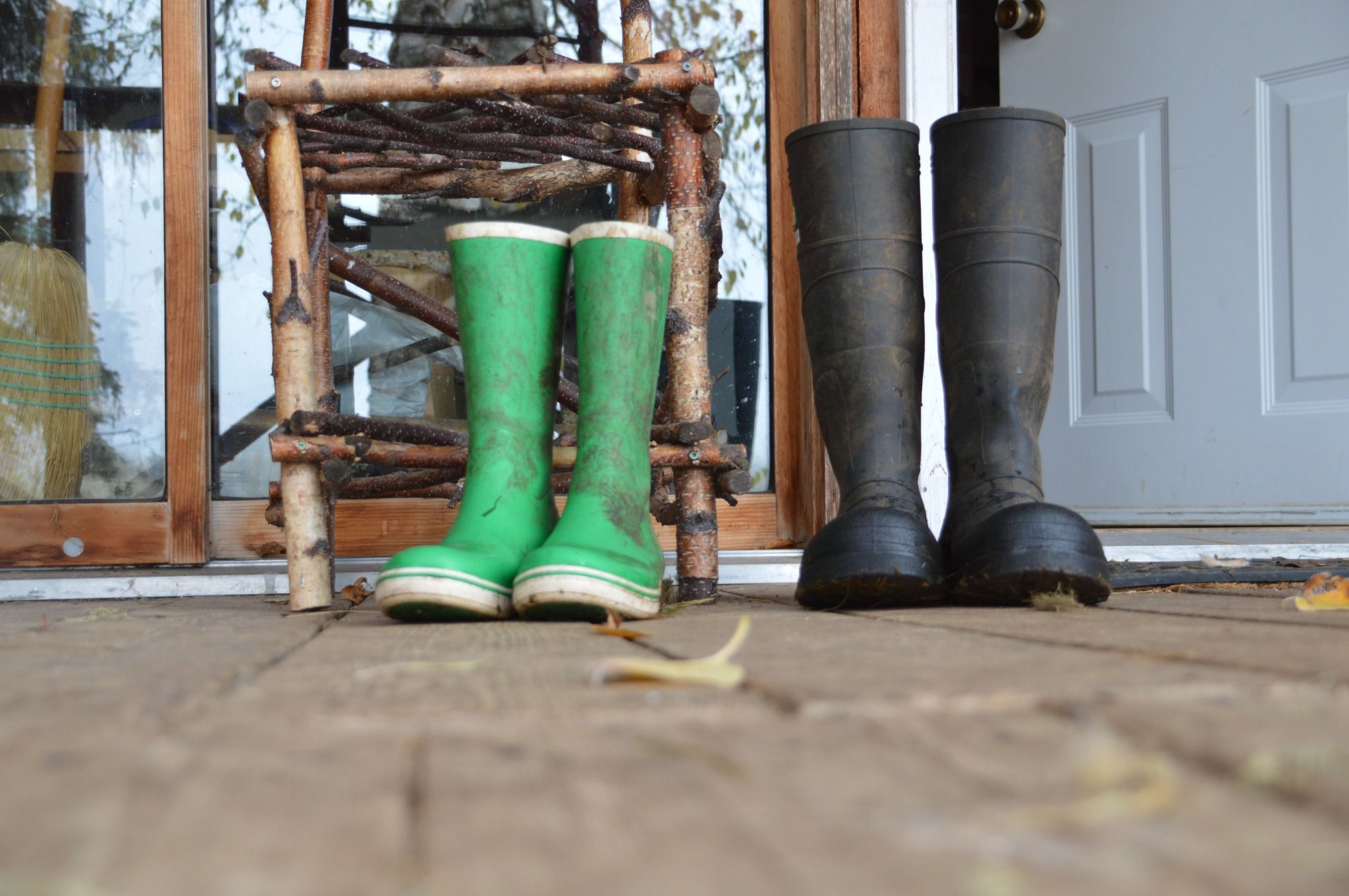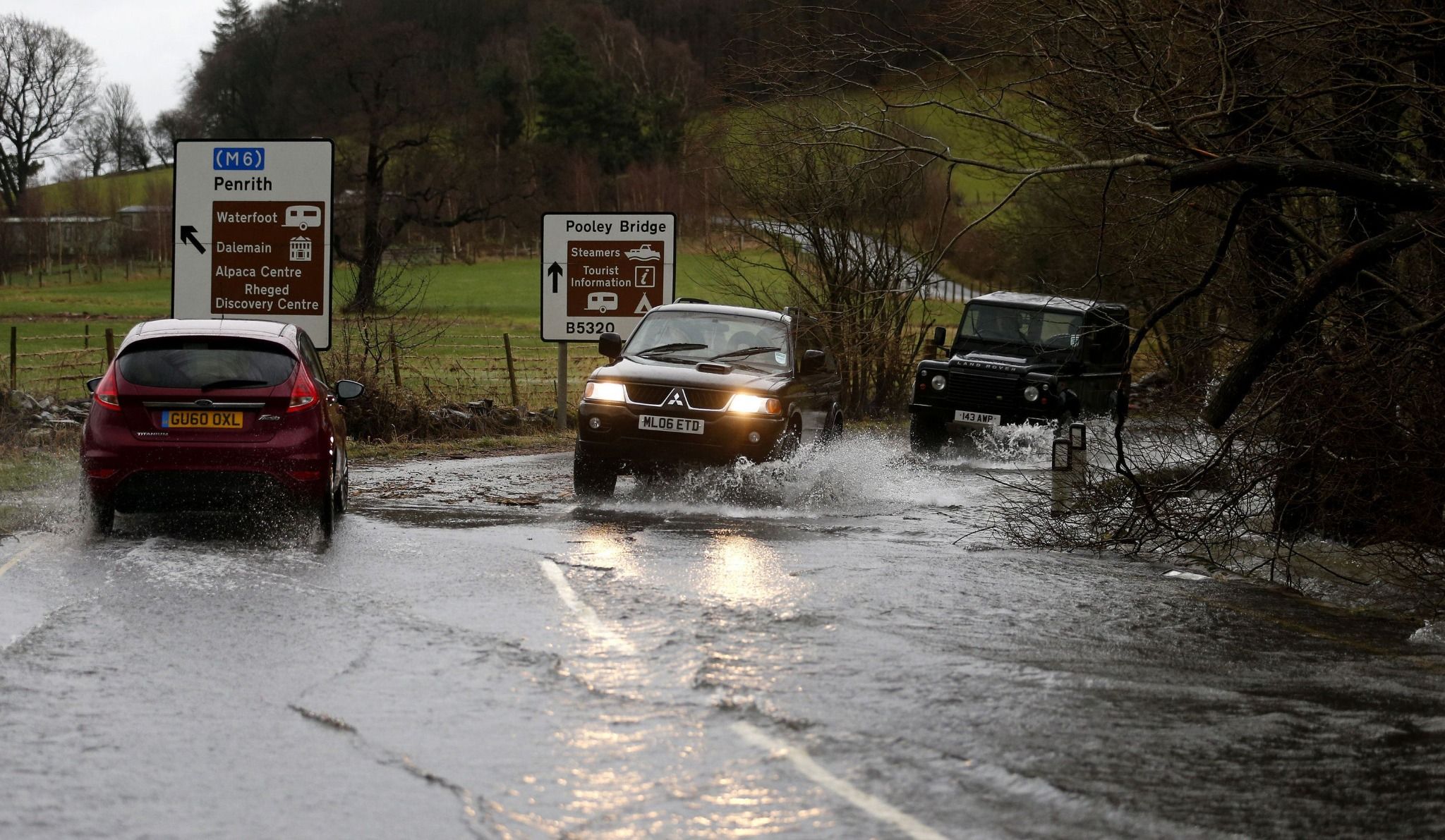Flooded conditions are some of the absolute worst to drive in when it comes to UK roads. Standing water can very easily catch a driver out, and the possibility of flooding a vehicle is a large risk to the safety of a driver and can cost a fortune to sort out.
Though it’s best to avoid driving in floods at all, it may be a necessity. If you absolutely must get behind the wheel, here is some advice to follow to help you stay safe.
Avoid it if possible
The safest approach to driving in floods is to not do it at all. Unless your journey is absolutely necessary, it’s better to keep your car parked up and remain at home.
Instead of driving to the shops, take a walk if you can or discuss with your boss about working from home. Though some journeys by car are necessary, stay off the road if you can for your own safety.
Check the route ahead
Before getting into the car, use a mobile maps application and check local reports to see any potential hazards on your route.
Some roads on your journey could be heavily flooded, posing a strong risk to yourself and your car, or even be closed. Clear diversions may be in place, though that may not always be the case — so you may need to plan an alternative route.

Pack an emergency kit
It’s worth having an emergency kit readily available in your car in the event you do become stranded while out in the flooded conditions.
We’d recommend packing at least a high-visibility jacket, a breakdown warning triangle and a torch at the bare minimum. Additionally, packing snacks, warm clothing, jump leads, a supply of drinks and a pair of wellies could all come in handy. A decent music playlist can help pass the time, too.
Have an emergency number stored in your phone
Though in the age of modern smartphones we always seem to be connected to the internet one way or another, there’s no guarantee of a signal while out on the roads.
With that in mind, having an emergency contact number as well as that of a breakdown provider stored in your phone’s contacts is worth the few seconds it takes. If you are stranded, you may be a little out of luck if you’re relying on Google to provide a number — so it could be a big help.

Perform basic vehicle checks
While it’s worth doing these before every journey, we’ll admit that it’s something most people tend to forego. In any harsh driving conditions, though, it’s very important to check your vehicle is in a safe condition though.
Test your headlights and brake lights are working, tyres are at a good level and that the tread depth on them is also comfortably above the legal limit of 1.6mm. You can test this using the edge of a 20p coin, which the tyre tread should come above — though we’d always recommend changing tyres before it gets near that level.
Turn your headlights on
Your headlights are working? Great, now make sure to keep them on. In floods, rain is almost guaranteed too which heavily reduces visibility.
Ensure your lights are on to give other motorists the best chance to see your vehicle, and also maximise your visibility in low light conditions. Fog lights may also be necessary, with the Highway Code stating they must be used if visibility drops below 100 metres.

Drive to the conditions — don’t aim for the speed limits
Remember that speed limits are not targets to hit — rather the maximum permitted for a particular road. In flooded conditions particularly, driving at a high speed greatly increases the likelihood of losing control of a vehicle, while also reducing a driver’s ability to react to a dangerous vehicle.
Don’t be afraid to drop to a much lower speed than permitted to give yourself more control of the car, and to be able to react to incidents ahead.
Allow extra room
Though you should always allow for a good amount of room to the car ahead in case of any dangers, that’s even more crucial in harsh driving conditions like flooding.
The likelihood of a hazard is much greater here than in clear weather, and you should adjust your driving accordingly. Giving a car in front more space allows for you to react to any sudden braking or hazards that you may otherwise not see beyond them.

Don’t test the waters
If you’re unsure of the depth of a puddle or large body of standing water, then avoid it if possible.
Testing the waters is not a good idea here, as you could find yourself driving into something incredibly deep and putting yourself in danger as well as heavily flooding your vehicle. Look for an alternative route, even if that means adding more time to your journey.
Don’t be afraid to take a break
If you need to take a few minutes to catch your concentration, wait for the conditions to clear or simply have a drink of coffee, don’t be afraid to take a break and find somewhere safe to park up.